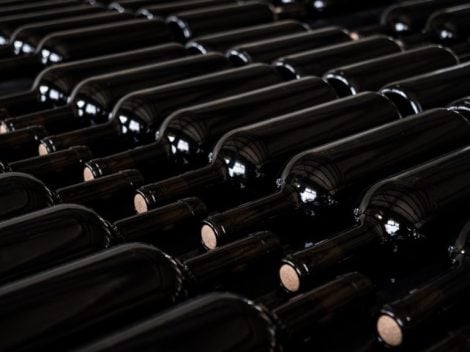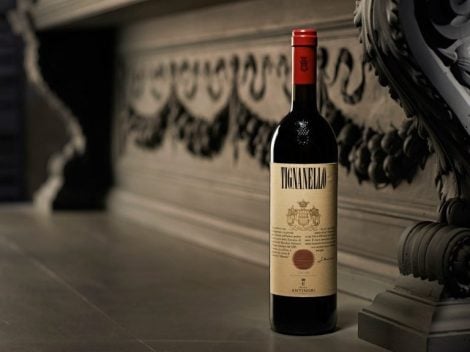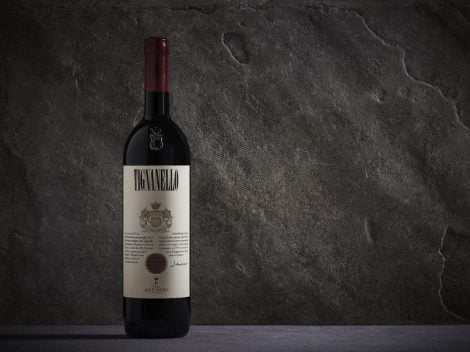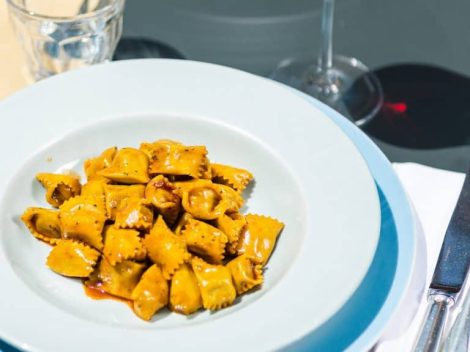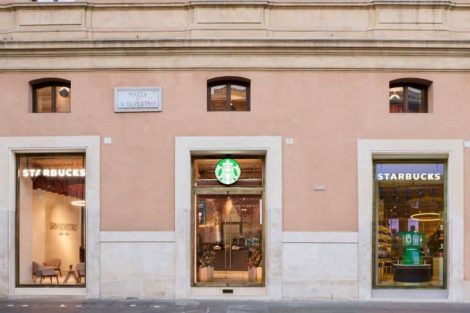He has worked with great French chefs and alongside Antonio Guida and Gordon Ramsey, but his true love remain the Chianti zone. Fabrizio Borracino is an abruzzese chef who loves Tuscany and finds in this region the inspiration for his cucina. Wineis everywhere - in sauces, in marinades, and, of course, in glasses.
An abruzzese who loves Tuscany
Fabrizio Borraccino, from Teramo, is 38 years old. He worked in Val d’Aosta, for 7 years at the Pellicanoin Porto Ercole alongside the talented Antonio Guida, and outside Italy with Pierre Gagnaire and with Gordon Ramsay in London. Before becoming executive chef at Borgo San Felice, he spent three years at Il Pievano, under the vaulted ceilings of Castello di Spaltenna. Tuscany has been a constant in Fabrizio’s life: he describes himself as an Abruzzese who loves Tuscany and Chianti, especially Chianti Classico. And who doesn’t fall in love with Castelnuovo Berardenga?
Borgo San Felice is a postcard-like dream: 400 meters above sea level, it is in the heart of 140 hectares of vineyard, 16,000 olive and oak trees. A five-star relais & chateaux, the hotel is an elegant and restrained setting for Fabrizio’s two restaurants. One is the Osteriadel Grigio. Recently renovated, it is a typical Tuscan inn with a regional repertoire that pays careful attention to meat, but also has an oven for pizza. The other, Poggio Rosso, is the gourmet restaurant. “Everything rotates around the vegetable garden, the Orto Sociale. It was planted five years ago and has been constantly enlarged. Thanks to the Foundation Umana Mente (Human Mind, but also a pun on ‘humanely’), work is coordinated by young people with special needs, helped by the town elders. Everything is grown organically and ripens more slowly. But what a satisfaction, and what flavors!” Fabrizio said.
Herbs, wild greens, roots – all have a place in his kitchen. His dishes insist on earthy sensations, often with bitter notes and an astute use of spices. “Tuscany has always been a crossroads for spices. Think of pepper and the continuous voyages of Tuscan navigators. I like to enrich this theme with external elements, the memory of travels and migrations, the fragrances of markets in Morocco, of those spices and freshness, joining them to the incredible land I have around me,” he added. Wine plays a major role in the kitchen. “I use it in braised meats, in marinades, in reductions.” The clientele, both Italian and international, is demanding more seasonal vegetables, delicate and fresh dishes. His menu will continue to move in that direction. “I just got back from Montalcino. Along the way, there’s an incredible odor of acacia flowers, as if honey had been spread on the road. It’s sweet and head-spinning. Have you ever tried it fried?”
Recipes
Early seasonal vegetables, raw and cooked, with roots and flowers
4 servings:
2 carrots with their tops
300 g celery root
300 g beets
200 g parsnips
200 g parsley root
200 g chervil root
100 g rapini
200 g zucchini
200 g asparagus
20 g poppy leaves
20 g sorrel leaves
20 g nasturtium flowers
Extra-virgin olive oil
Salt and pepper
Wash and trim the vegetables. Cook the discards of the parsnip and the beets for a long time and then strain and purée. This will form the base of dishes and enhance flavor. Clean and wash the wild leaves. Sauté them with olive oil, a tablespoon of butter, salt, pepper and the peeled roots. Simmer them with the vegetable broth until they are soft and well coated. Cook the rest of the vegetables in salted water. Finish them with butter and the vegetable broth, along with the roots. Finally, dress the wild leaves with extra-virgin olive oil and aged red vinegar.
Pici with lampredotto tripe, fava beans, aged pecorino di Pienza and crisp Tuscan pancetta
4 servings
For the pasta:
300 g 00 flour
50 g twice-ground semolina
80 g water
For the lampredotto/tripe sauce:
500 g lampredotto tripe
2 celery stalks
2 carrots
1 yellow onion
2 garlic cloves, pressed
100 g extra-virgin olive oil
300 g canned peeled tomatoes without seeds
1 bunch herbs: thyme, marjoram, sage and savory
pepper
chicken broth
white wine
salt and pepper
Prepare the pici. Blend the two flours and add water. Knead into a smooth dough, cover with plastic wrap and leave in refrigerator for two hours. Roll out the pasta with a rolling pin and cut into strips. Roll the strips of pasta by hand to form a single long strand of spaghetti. Cut the lampredotto (cow stomach) into large pieces. Dice the vegetables into small cubes. Sauté lampredotto and vegetables in a large pot with olive oil and pressed garlic. Salt and douse with white wine. When wine is reduced, add chicken broth and tomatoes, sliced open. Add the herbs and simmer for two hours. When the lampredotto is tender and the sauce is ready, strain. Puree part of the lampredotto in a food grinder and add to sauce, then reduce sauce by half. Meanwhile, dry thin slices of Tuscan pancetta in the oven. Prepare shavings of pecorino di Pienza. Peel fava beans. Cook the pici in salt water, drain and add to the pan with the sauce and strips of lampredotto, peeled fava beans, extra-virgin olive oil and marjoram leaves. Complete the dish with pecorino shavings and crisp pancetta.
Crisp suckling pig with sour beets, endive, potatoes dusted with prosciutto and coffee, tapioca sauce and chili pepper
4 servings:
700 g suckling pig neck with skin
40 g butter
20 g butter
Salt and pepper
For the vegetables:
150 g beets
30 g shallots
2 garlic cloves
30 g lemongrass
10 g ginger root
30 g olive oil
Salt and pepper
4 small Belgian endive
300 g new potatoes
200 g sliced white bread
50 g oven-dried prosciutto powder
10 g coffee powder
For the sauce:
20 g tapioca
20 g sugar
100 g red bell pepper
1 garlic clove, chopped
a pinch powdered chili pepper
100 g rice vinegar
200 g reduced chicken broth
Season pork neck and cook in vacuum pack for 12 hours at 72°C/162°F. Prepare beet puree by cutting them into cubes and sautéing in olive oil with shallots, ginger, garlic and lemongrass. Then add rice vinegar and simmer until tender. Cook Belgian endive in a vacuum pack until very soft. Open pack, slice endive in half and sweat in a pan with olive oil. Peel potatoes and cut into strips. Sauté in pan with butter, garlic, thyme and pepper. When tender, dust with bread crumbs to which prosciutto and coffee powder have been added. For the sauce, cook tapioca pearls in 100 g of water. Dissolve sugar and salt in a pan with 50 g of water, add red bell peppers cut into small cubes and chopped garlic. Combine the two liquids and add chili pepper, vinegar and the chicken reduction. Brown the pork in olive oil until skin is crisp and brown. Compose the dish and spoon on sauce.
Cheesecake with rhubarb gelatin, raspberry sherbet and cereal sauce
4 servings
Cream cheese cake:
80 g Italian meringue
130 g heavy cream
1 gelatin leaf
80 g mascarpone
80 g cream cheese
Prepare an Italian meringue with egg whites, sugar and water.
Add cream cheese and mascarpone. Soak, squeeze out and dissolve the gelatin leaf in a little water and blend into mixture. Add half-whipped cream at the end. Form into cubes and chill until firm
Shortbread biscuit:
40 g butter
70g sugar
30g egg yolk
1/5 teaspoon salt
150 g flour
5 g baking powder
Blend ingredients. Chill, spread into thin quadrangles the size of the cheesecake surface, and bake in 170°C/340°F oven for 7 minutes.
Rhubarb Gelatin:
150 g rhubarb syrup
0.4 g agar agar
Dissolve agar agar in boiling syrup. Spread into thin sheet and cool. Cut into squares the same size as shortbread and cheesecake cubes.
Raspberry sherbet:
200 g raspberry puree
130 g water
40 g sugar
15 g glucose
1 g sherbet stabilizer
Prepare a sherbet in an ice cream maker.
Cereal sauce:
150 milk
25 g cereal
Blend in food processor and cool. Assemble the dish
Prepare the dessert as in the photograph: a layer of cereal sauce, a square of shortbread biscuit, then cheesecake cube and gelatin. Top with sherbet quenelle.
Poggio Rosso del Relais Borgo San Felice | Castelnuovo Berardenga (SI) | loc. San Felice | tel. 0577 3964 | www.borgosanfelice.it

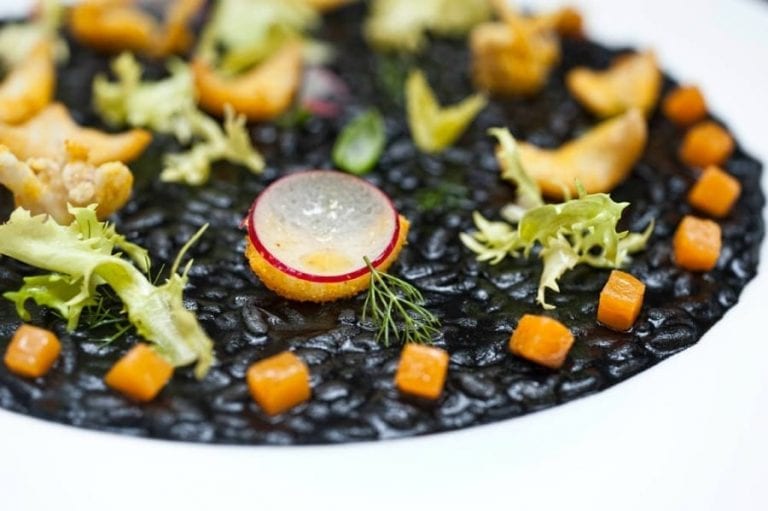

 It’s official: China joins the International Organisation of Vine and Wine
It’s official: China joins the International Organisation of Vine and Wine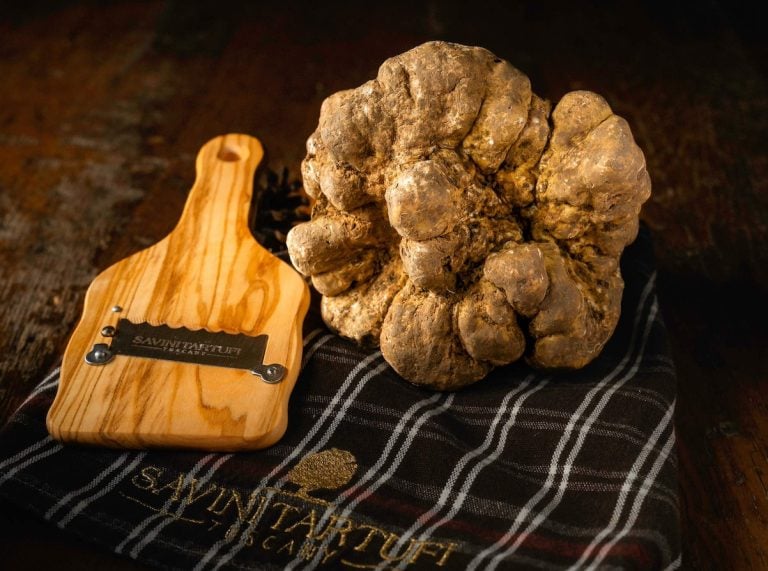 How and where to buy white truffle from Alba at a fair price: tips from an expert
How and where to buy white truffle from Alba at a fair price: tips from an expert The Italian wines with the best value for money: here are the National awards from Berebene 2025 guide
The Italian wines with the best value for money: here are the National awards from Berebene 2025 guide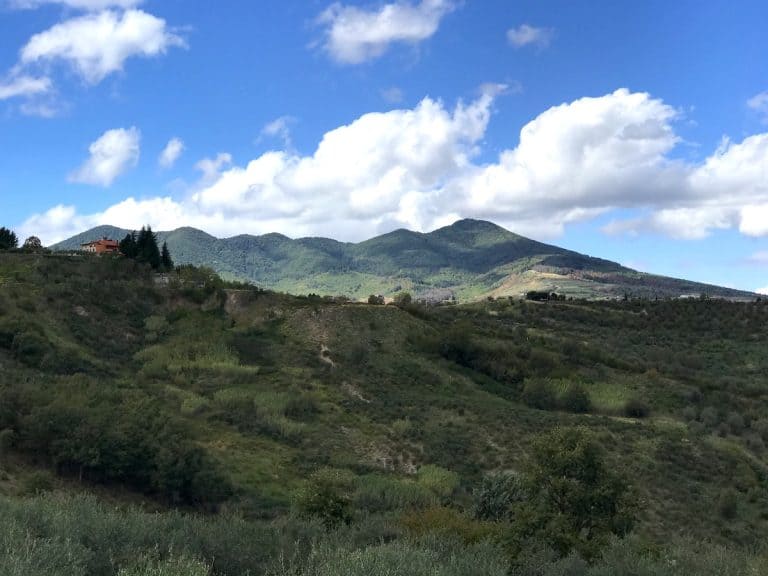 Where to eat in Venosa, the home of Aglianico del Vulture
Where to eat in Venosa, the home of Aglianico del Vulture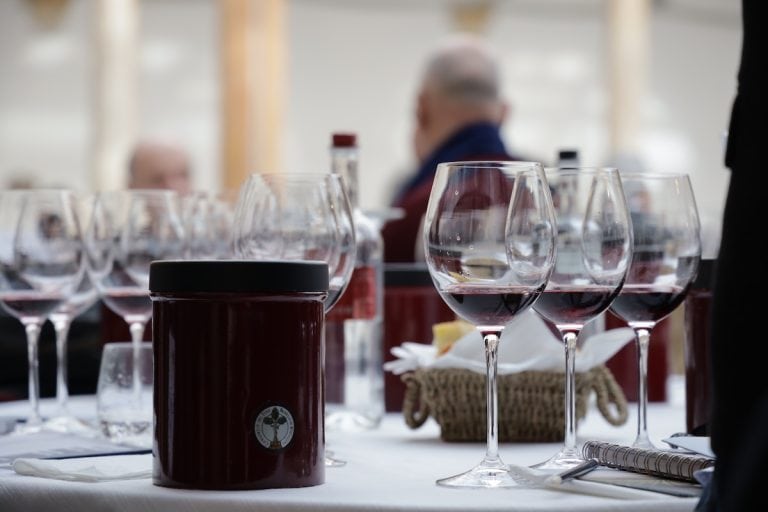 Brunello vs all: the Tuscan DOCG secures leadership in the luxury market in the US
Brunello vs all: the Tuscan DOCG secures leadership in the luxury market in the US